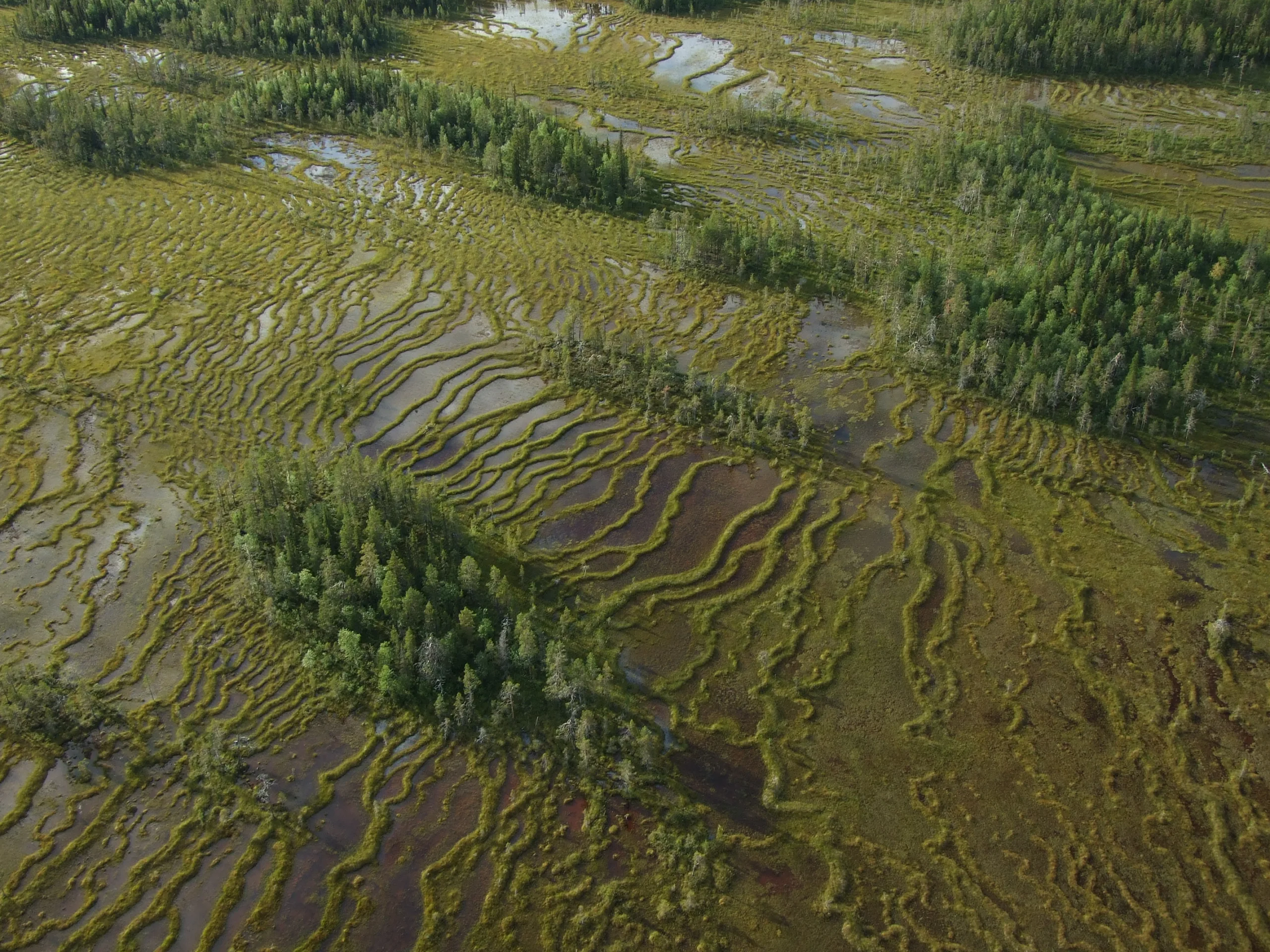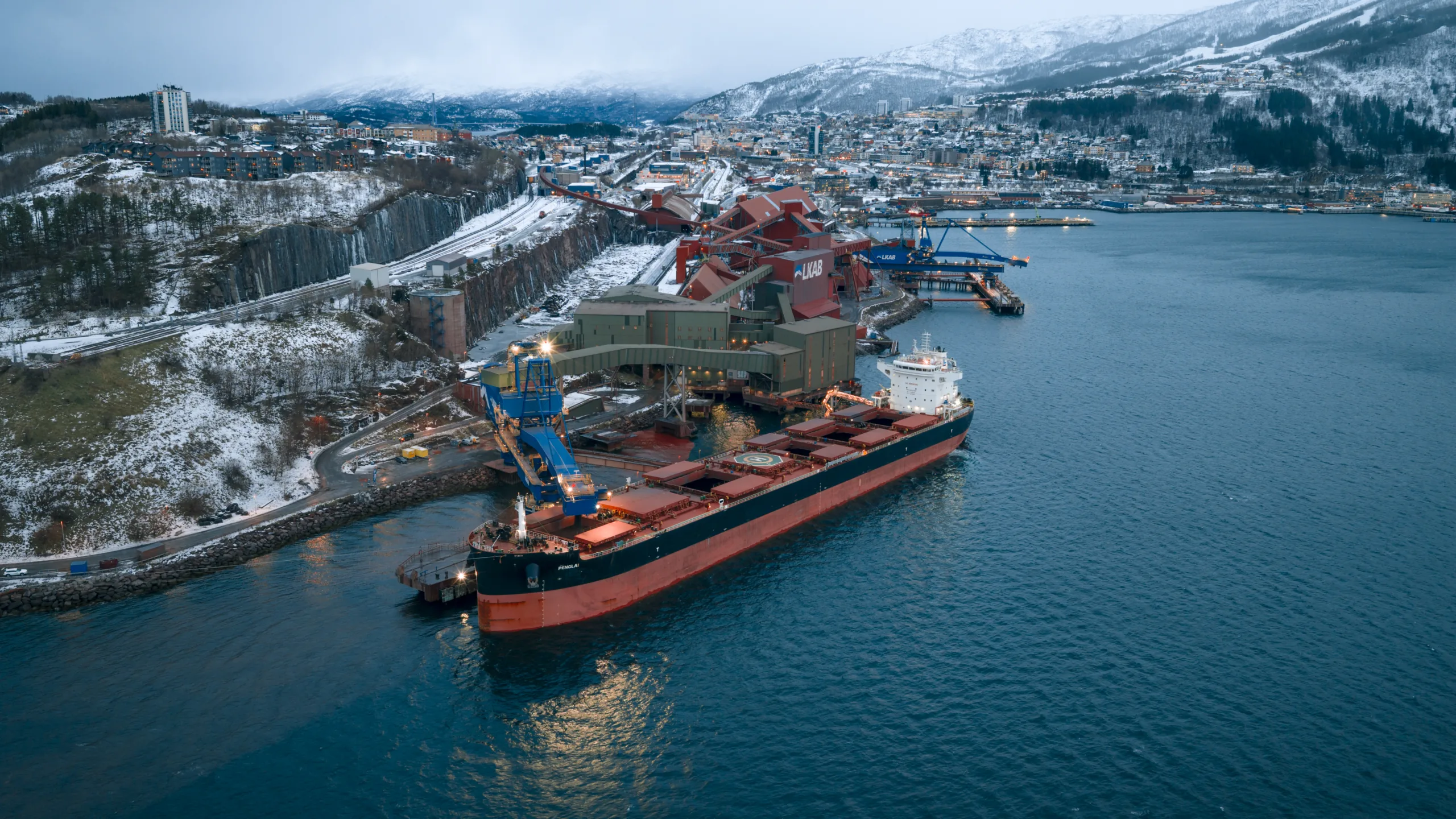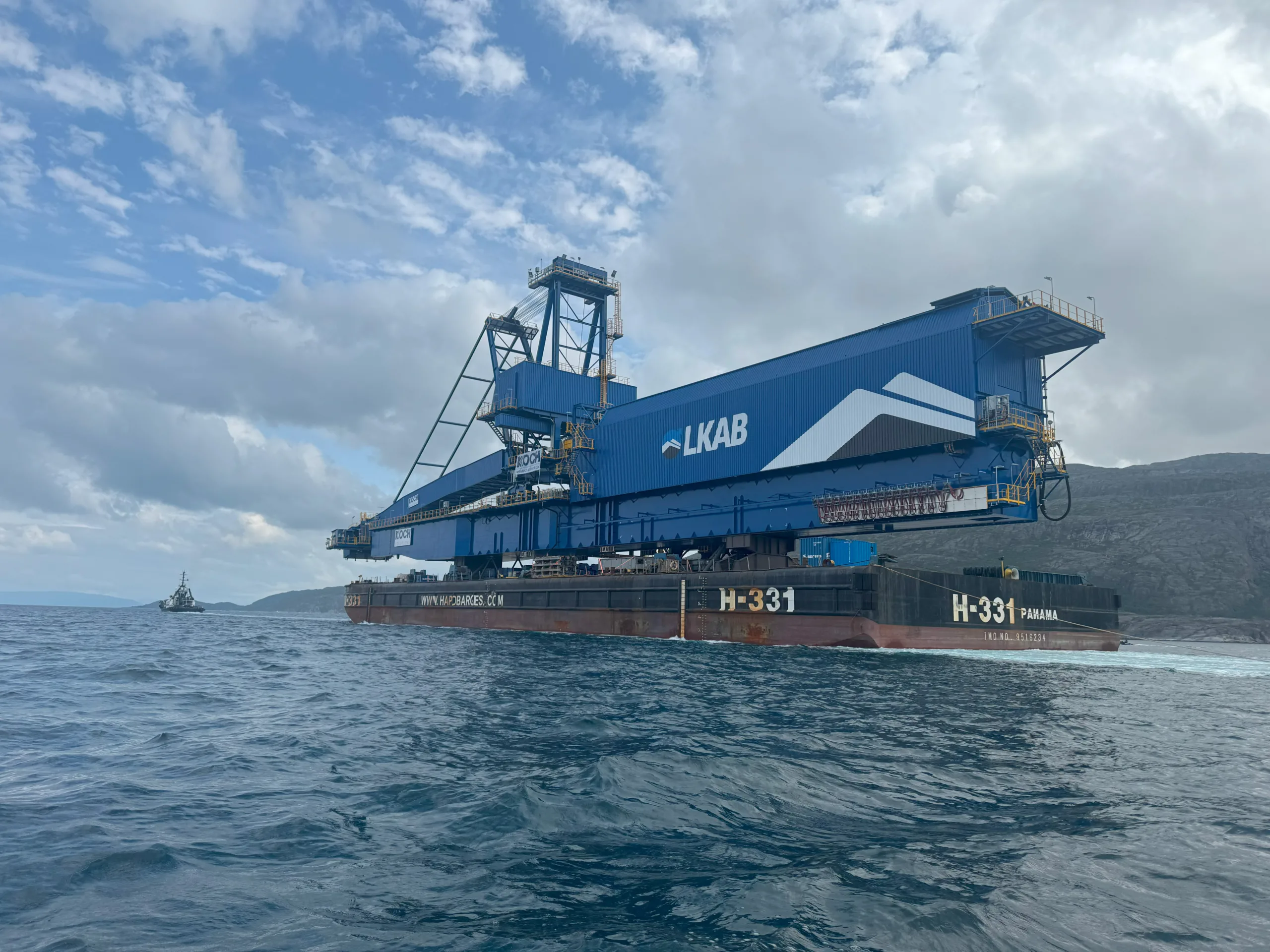LKAB and the County Administrative Board work together for Norrbotten’s wetlands

In the collaborative project MyreN, more than 1,000 hectares of wetlands are to be restored. This makes the project one of Sweden's largest of its kind.
Tillväxtverket has granted co-financing of the MyreN project; “Bog restoration in Norrbotten”, which is a collaborative project between the County Administrative Board in Norrbotten and LKAB.
The project, which starts in autumn 2024, will last three years and enable the restoration of ditched bogs on a large scale. The ambition is to restore at least 1,000 hectares of bogs during the project period, which is equivalent to 2,000 football pitches.
Norrbotten county has the highest proportion of wetlands in the country, but many bear traces of human influence. Around the last century, many bogs were dug out, among other things to dewater wetlands and create more arable land for Sweden’s growing population.
“Digging the bogs contributed to people’s survival and today’s welfare society, which we must not forget, but today we know that bogs have many other important functions”, says Linda Johansson, wetlands coordinator at the County Administrative Board.
One of the functions of bogs is that, like a sponge, they can hold large amounts of water and thereby even out extreme weather, such as periods of drought or large amounts of precipitation.
“For several decades, the need to dig up bogs has decreased, now it is more important that we do not endanger the future of future generations. The restorations that we will carry out in the project can in the future contribute to countering the effects of extreme weather and forest fires, which are predicted to become increasingly common in Norrbotten as the climate changes”, continues Linda Johansson, wetlands coordinator, County Administrative Board.
The restoration means that the ditches are closed with peat from the site, the clogging means that the water level is raised to its natural level and the bog regains its water-holding function. In the long run, the bog will also regain its water-purifying function, which prevents nutrients and metals from spreading into nearby watercourses.
“Above all, MyreN is something we do because we want to learn more about how to work with wetlands, but it’s also a way for us to be involved and take responsibility for the impact we have on our surrounding natural environments”, says Annika Zachrisson, section manager Environment at LKAB.
LKAB have a group goal to contribute to increased biological diversity by 2030. Working according to the consideration hierarchy is one way to achieve that goal; that is, to avoid exploiting or affecting an area with high natural values in the first place, then minimise, restore and finally compensate for the damage.
“In order to do a good job with the hierarchy of considerations, it is important that we have as good a knowledge as possible about nature. We think a collaboration like this with the County Administrative Board will contribute to that, so this is a very important project”, says Annika Zachrisson at LKAB.
Both the County Administrative Board and LKAB currently carry out various types of environmental improvement measures, but the MyreN project stands out as it enables improvement measures on a very large scale. The project has another important aspect, the cooperation between business and the authority, something both the County Administrative Board and LKAB want to highlight.




